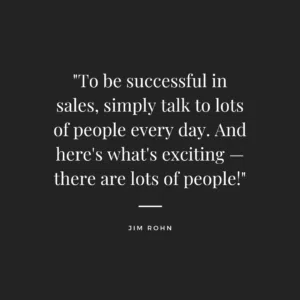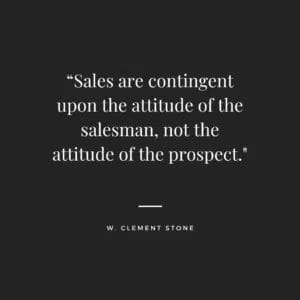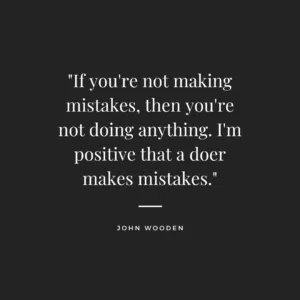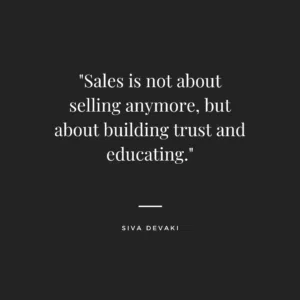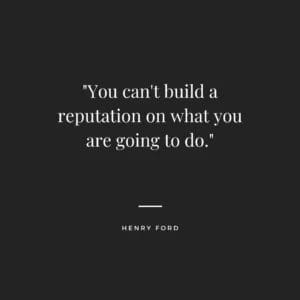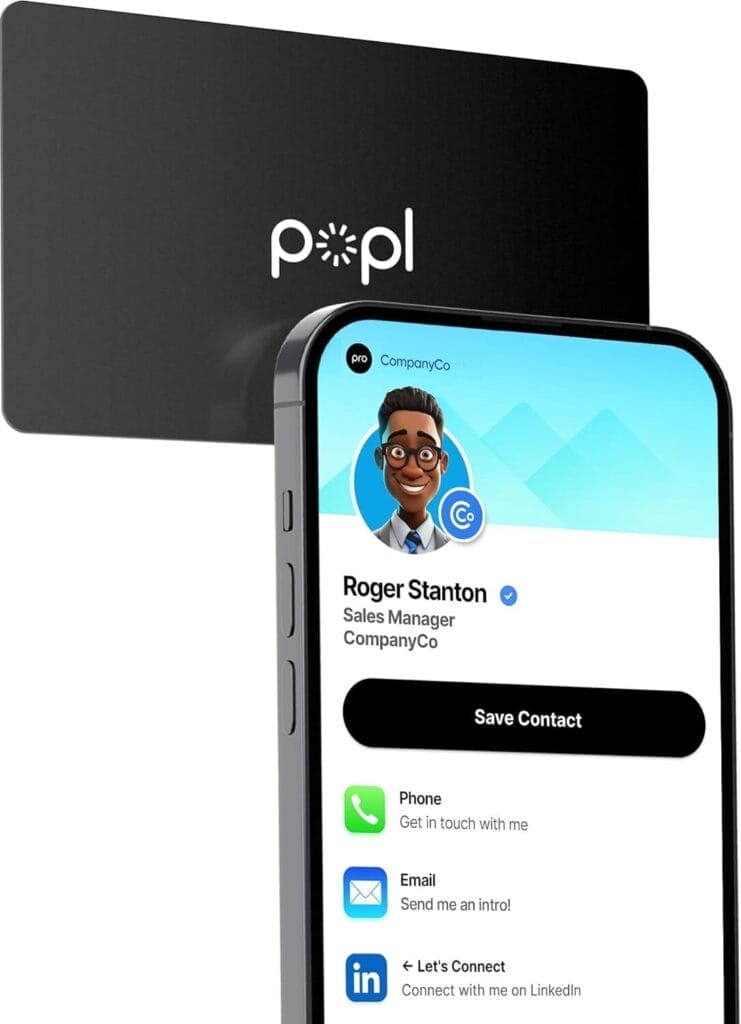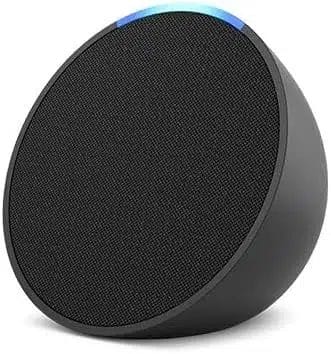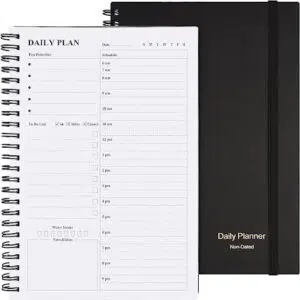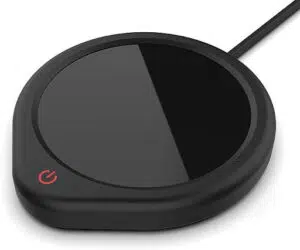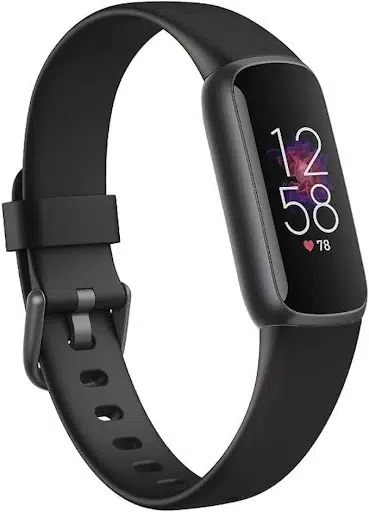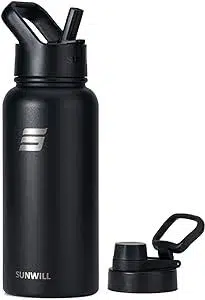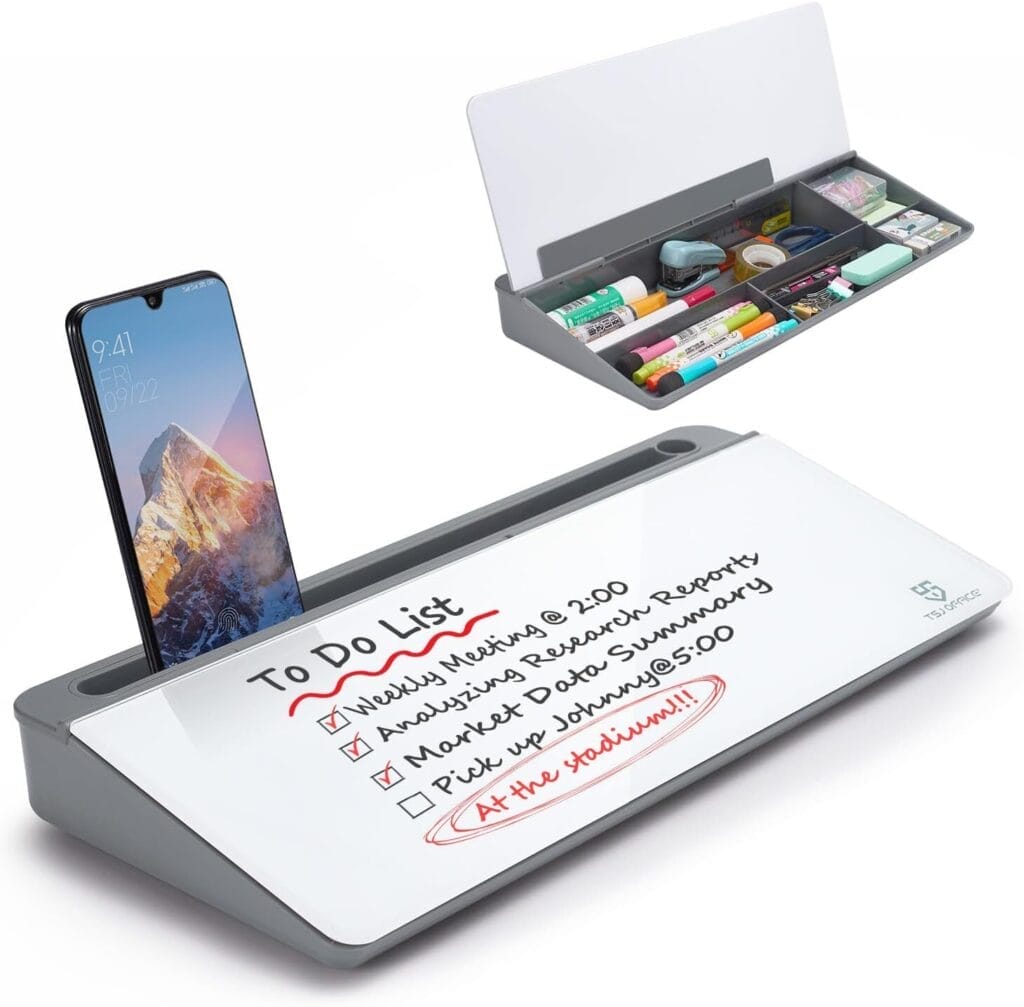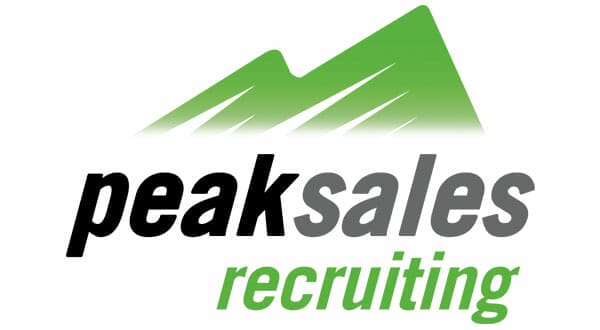Some sales deals are best closed in person. An outside sales representative is key when you need to build relationships, do hands-on demos, or handle complex negotiations. Unlike inside sales reps who work remotely, outside sales reps travel to meet prospects, nurture relationships, and close deals in person. They thrive on face-to-face interactions, making them a critical asset for companies selling high-value products or breaking into new markets.
Adding an outside sales rep to your team can help your business grow. It can expand your reach, improve client relationships, and lead to higher value deals. But hiring the right one, and setting them up for success, requires careful planning.
Connect with Peak to hire your next outside sales rep.
When Is the Right Time to Hire an Outside Sales Representative?
Not every business needs an outside sales rep from the start, but certain signs indicate when it’s time to bring one on board. The recruitment process for outside sales reps should align with your company goals and be based on a clear understanding of your ideal customer profiles and sales territory. Making the right hiring decisions can give your team a competitive edge.
Your Business Is Growing
If your business is expanding and your current team is stretched too thin, you may not have the bandwidth to nurture relationships and close deals effectively. An outside sales rep handles prospect engagement, allowing your internal team, including your marketing team and inside salespeople, to focus on other critical aspects of business operations.
Your Sales Cycle Requires In-Person Trust-Building
When closing deals relies on strong in-person relationships, a dedicated outside sales rep can make a significant impact. If your competitors are meeting prospective clients face-to-face while your team relies solely on calls and emails, you may be at a disadvantage. Outside sales reps excel at appointment setting, strengthening initial contacts, and turning conversations into long-term business.
Your Customers Expect Hands-On Product Demonstrations
In-person demos can be crucial for businesses that sell complex products or solutions. If your customer base needs to see your product in action before committing, an outside salesperson ensures they get that sales experience. This is particularly valuable for large enterprises where decision-making involves multiple stakeholders, or for small businesses looking to establish credibility in a competitive job market.
You’re Expanding Into a New Market
A local presence is crucial when entering a new business landscape. Outside sales reps bring market knowledge and industry expertise, helping your company build relationships, gain trust, and identify new revenue opportunities. Unlike a fully remote team, having a dedicated rep in your sales territory can increase conversion rates and improve your chances of market expansion.
By bringing in an outside sales rep at the right time, you can increase your team dynamics, strengthen team members’ effectiveness, and drive long-term success through strategic sales efforts.
How to Hire an Outside Sales Representative
1. Define Your Ideal Candidate
Before you start the sales hiring process, be clear on what you’re looking for. Do you need outside sales professionals with industry-specific experience, or are you open to training someone with strong sales skills and fundamentals? The best outside sales reps are self-motivated, resilient, and exceptional at building relationships.
2. Write a Job Description That Attracts Top Performers
A strong job description should do more than list responsibilities. It needs to attract the right candidates while filtering out those who aren’t a fit. To make your job posting effective, clearly define the types of customers the rep will be selling to and specify any travel requirements. Be transparent about compensation, including base salary, commission structure, and potential bonuses, so candidates know what to expect. Outlining what success looks like in the role also helps set clear expectations and gives candidates a sense of how their performance will be measured.
3. Find Outside Sales Reps Who Deliver Results
The best outside sales reps aren’t typically browsing job boards. They’re out in the field, actively selling. Finding top talent requires a more proactive approach. Start by leveraging your network and asking for referrals from trusted connections. LinkedIn and industry-specific hiring platforms can also be valuable resources for identifying experienced candidates. To find the right candidates, consider partnering with a recruiting firm that focuses on sales roles. They can link you to skilled professionals who fit your needs and can thrive in your organization.
4. Go Beyond the Resume to Spot True Sales Talent
A resume only tells part of the story, so it’s important to dig deeper to understand a candidate’s true abilities. Behavioral interviews help evaluate problem-solving skills, communication style, and how well candidates tackle real sales challenges. Role-playing exercises help show how they handle objections and connect with potential customers. Checking references is also essential to verify their past performance, work ethic, and ability to succeed in a sales-driven environment. A well-rounded assessment ensures you’re hiring a salesperson who can perform, not just someone who looks good on paper.
5. Offer a Competitive Compensation Package
Skilled outside sales reps know their worth. A solid compensation package is crucial for attracting and keeping the best talent. A good offer should have a strong base salary. It should also include a commission plan that rewards performance. Performance-based bonuses provide additional motivation, while travel stipends or a company vehicle can help offset the costs of being on the road. Clear growth opportunities help keep top performers by giving them a way to advance and succeed in the long run.
How to Set Your Outside Sales Rep Up for Success
Hiring the right outside sales representative is only half the battle. In order for their performance to be maximized, they must be provided with the proper tools, training, and support that they need.
1. Provide a Structured Onboarding Process
Throwing a new hire into the field without proper onboarding is a recipe for failure. A structured onboarding process ensures they understand your products, sales strategy, and expectations. Begin with product and industry training. This helps them understand what they are selling. They will learn about its unique value and the competitive landscape.
Next, align them with your sales process by walking them through the stages of your pipeline, CRM usage, and reporting expectations. Without this foundation, even the most skilled reps may struggle to navigate your internal systems, forecast accurately, or follow the right steps to close deals efficiently. Knowing your sales process helps them focus on selling. They won’t waste time on administrative details.
2. Equip Them with the Right Sales Tools
Outside reps spend most of their time in the field, and inefficiencies in their workflow can cost you revenue. A mobile-friendly CRM is key for tracking deals. It helps manage leads and update prospect interactions in real time. Without easy access to their pipeline, reps may miss follow-ups or fail to keep accurate records, leading to lost opportunities.
Sales enablement resources are equally important. Reps need clear case studies, one-pagers, and sales presentations. These tools help them improve their pitches and address objections. Automating routine tasks, such as follow-up emails and meeting reminders, helps them maintain engagement with prospects while focusing their energy on closing deals. The right tools eliminate administrative roadblocks and let them focus on what they do best.
3. Provide Ongoing Coaching and Training
Onboarding alone isn’t enough. Continuous development is key to a high-performing sales team. Regular coaching sessions allow managers to provide feedback, refine sales techniques, and address performance gaps before they become problems. Without this, reps may plateau or struggle to adapt to changing market conditions.
Along with one-on-one coaching, regular training on industry trends, competitor strategies, and new sales methods keeps reps competitive. Encouraging collaboration within the sales team also helps reps learn from each other’s successes and challenges. A strong coaching culture helps reps improve consistently. It keeps them from just going through the motions.
4. Define the Right KPIs to Drive Success
Without clear performance metrics, it’s impossible to know whether your outside sales rep is truly succeeding. The right key performance indicators (KPIs) help measure progress and identify areas for improvement. Common KPIs for outside sales reps include closed deals, revenue generated, sales cycle length, and customer acquisition costs.
Activity-based KPIs show how much effort a rep is putting in. These include meetings scheduled, follow-ups completed, and pipeline progression. Regular performance reviews help hold reps accountable. They also provide clear targets for reps to aim for. By setting the right KPIs, you create a results-driven culture that keeps your team focused and motivated.
Common Challenges in Hiring Outside Sales Representatives
High Demand, Limited Supply
Top-performing sales reps are in high demand and rarely job-hunting. Waiting for applications won’t cut it. To attract the best talent, take a proactive approach. Use networking, referrals, and sales-focused recruiting firms. Engage with industry events and LinkedIn groups to connect with high performers who may be open to new opportunities.
The Interview Doesn’t Show the Full Picture
A short interview won’t always reveal whether a candidate can actually close deals. Sales reps need resilience, persuasion, and strong interpersonal skills, qualities that don’t always shine in a traditional interview. To get a clearer picture, incorporate mock sales calls or role-playing exercises to assess their ability to handle objections and build rapport. Checking references from past employers can also provide valuable insights into their track record.
Filtering Through Too Many Applicants
Sifting through hundreds of resumes is time-consuming, and many applicants won’t be a good fit. A well-written job description helps filter out unqualified candidates. Be clear about experience requirements, travel expectations, and performance goals. Using an applicant tracking system (ATS) can also streamline the process by ranking and sorting applications efficiently. Or, consider a recruiting partner like Peak Sales Recruiting.
Retention Can Be a Struggle
Outside sales reps work independently, and if they aren’t the right fit, turnover can be costly. Setting clear expectations from day one and providing strong onboarding and mentorship can improve retention. Regular coaching and check-ins help keep sales reps engaged and motivated.
Compensation Expectations Can Be Misaligned
A weak compensation package can push top sales reps toward competitors. Stay competitive by researching industry benchmarks. Then, create a commission plan that rewards performance. Benefits such as travel stipends, bonuses, and chances for career growth can make your offer more appealing.
The Bottom Line
Hiring an outside sales representative is a pivotal step toward expanding your market reach and driving revenue growth. By meticulously defining your ideal candidate, crafting a compelling job description, proactively sourcing top talent, and conducting thorough assessments, you lay the groundwork for a successful hire. However, the journey doesn’t end there. Equipping your new sales rep with a structured onboarding process, the right tools, and ongoing support ensures they are positioned to excel and contribute significantly to your organization’s success.
Finding the right outside sales professional can be challenging, but you don’t have to do it alone. At Peak Sales Recruiting, we specialize in connecting businesses with high-performing sales reps who are built to drive results. If you’re ready to add top-tier outside sales talent to your team, connect with us today.
Looking to build out your entire sales leadership team? Hiring a great outside sales rep is just one piece of the puzzle. If you’re also in the market for a sales manager who can lead, strategize, and drive long-term growth, check out our guide on How to Hire a Sales Manager.



